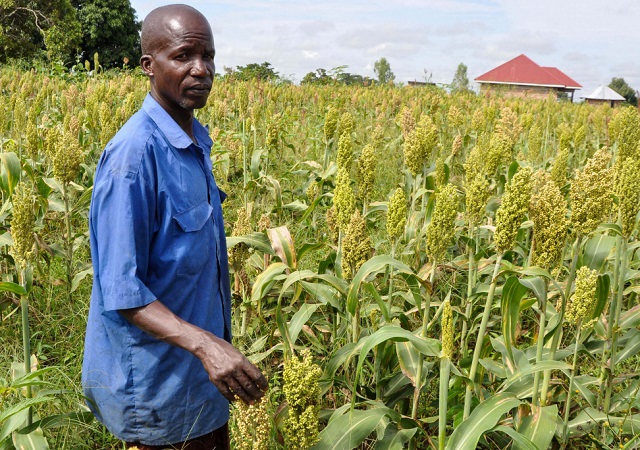
New Global Hunger Index names Uganda along 30 other countries
Kampala, Uganda | RONALD MUSOKE | Uganda is among six African countries whose “food scarcity” situation has been categorised as “serious” according to the latest Global Hunger Index published on Oct.14 by Concern Worldwide and Welthungerhilfe— two global non-profits that work to end extreme poverty around the world.
The Global Hunger Index which is calculated each year to assess progress and setbacks in combating hunger is meant to raise awareness and understanding of the struggle against hunger, provide a way to compare levels of hunger between countries and regions, and call attention to those areas of the world where hunger levels are highest and where the need for additional efforts to eliminate hunger is greatest.
The release of the index comes on the heels of the Global Food Systems Summit last month. Convened by Antonio Guterres, the United Nations Secretary-General, the summit was intended to rally governments around the world to control environmental damage, hunger, food waste and climate heating emissions from agriculture.
Speaking at the food systems regional virtual dialogues which were convened in June this year to feed into the UN food systems summit, Pius Wakabi Kasajja, the immediate former Permanent Secretary of the Ministry of Agriculture, Animal Industry and Fisheries, noted how Uganda suffers a relatively heavy burden of food insecurity, hunger and malnutrition.
Kasajja said the food security outlook for Uganda showed that 2.6 million people or 23% of the population face high levels of acute food insecurity.
“The 2016 Uganda Demographic and Health Surveys (UDHS) showed that stunting affects 29% of children aged 6-59 months. This is equivalent to nearly 2 million children.
Kasajja said micronutrient deficiencies are still a public health concern with anaemia having increased between 2011 to 2016 from 49% to 53% among children 6-59 months old and from 23% to 33% among women of reproductive age.
“On the other hand, 24% of Uganda’s women and 9% of men aged 15-49 years are overweight or obese. The problem of overweight and obesity is more pronounced in the urban areas with up to 43.6% of women and 20% of men being overweight and obese in Kampala.
“Raised blood pressure is estimated at 24% in adults while 7% have raised cholesterol levels; precursors for cardiovascular diseases and other non-communicable diseases (NCDs). This double burden of malnutrition (under and over) is a serious and growing problem that demands a robust policy and legislative agenda,” he said.
Antonio Querido, the Country Representative of the Food and Agriculture Organization (FAO) said that from their analysis, Uganda’s food system is facing challenges on several fronts, including unstable food supply chains, vagaries of weather, food losses, and unsafe food handling practices, among other things.
Statistics, according to Querido, indicate that 1.5 million Ugandans suffer from diseases caused by consuming unsafe foods annually resulting in 400,000 deaths. In order to curb the consequences of consuming poor diet and unhealthy diets, Querido said, “Uganda needs to rethink and transform its agri-food system.”
“The Transformation of food system should focus on the entire value chain from farm to fork. We need to deploy sustainable practices in food production, food handling, storage, processing, trade and marketing,” he said.
 The Independent Uganda: You get the Truth we Pay the Price
The Independent Uganda: You get the Truth we Pay the Price



Environmental degradation could lead to food insecurity.